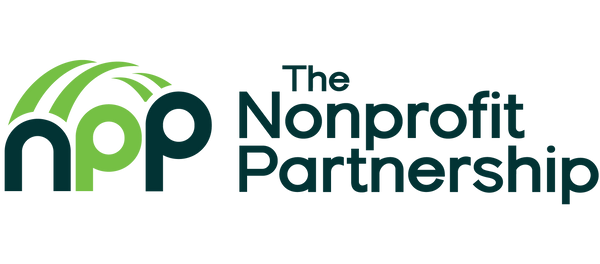
As a longtime nonprofit board member, I know that an essential function of every organization is raising money.
In my role as a board member, I frequently see my colleagues prioritize grant submissions and event sponsorships, aiming to fill gaps with new sources of income. Yet as an energy professional, I have found an immense value in pursuing energy conservation and efficiency measures in order to save money—and in some cases, create new revenue streams. Hopefully some of the lessons below will enable your organization to set priorities while also generating a positive environmental impact.
Many nonprofits do not make energy conservation and efficiency a priority simply due to a lack of capacity. Organizations often either rent buildings, where the disinterested landlord passes on the utility expenses, or own older structures that are significant energy users. Combined with the limited, if any, maintenance staff, this results in many nonprofits simply paying the utility bill and not seriously engaging in conservation and efficiency.
I should clarify here the terms conservation and efficiency, which I will now indicate as “C/E”. Some professionals use these terms interchangeably, but I believe there should be a distinct difference. Conservation is considered all actions to reduce actual use, as in turning off lights. Efficiency is making the necessary use more effective, as in the recent trend toward LED lighting retrofits. In the energy management hierarchy, conservation comes first, for this will reduce the need and size of any systems. For example, many organizations are excited to convert to solar, but this should be preceded by an efficiency program to reduce the amount of energy needed, and thus the capital cost of any rooftop or ground mounted system.
So, what does the under-capacity nonprofit do? First, the organization must commit to taking serious actions down the road that will require significant investments of time and money. To be clear, these up-front costs are generally far outweighed by the long-term repayment period of the investment. For example, if your organization reduced its energy bill 20% ten years ago, think of how that money could have been better used to serve your mission.
Once the commitment has been made, a nonprofit should expand its capacity by developing an energy management strategy. This could involve creating an energy or green team to take this on, but it should, in any case, be the specific responsibility of at least one individual. In developing a strategy, I highly recommend utilizing the resources of the national ENERGY STAR program found at www.energystar.gov.
In using ENERGY STAR, you will see that a fundamental step in any energy management strategy is benchmarking. Benchmarking is a process that involves measuring how much energy your building actually uses, then determining the building’s efficiency relative to its peers. Without knowing exactly how much energy you consume, you cannot begin to estimate the investment returns for different facilities upgrades. In a simple strategy, commitment and benchmarking are followed by internal education to encourage no cost behavioral changes, such as turning off computers or lowering the thermostat. According to ENERGY STAR, simply turning off lights can result in an at least 10% reduction in energy use. These and other no-cost savings can in turn be leveraged to help fund next steps, including audits and retrofits.
If benchmarking your building seems a little overwhelming, you can start by taking a training, including those provided by the Green Building Alliance (GBA). GBA collects utilities data as a primary tool in two of our major initiatives, the Pittsburgh 2030 District and the Erie Emerging 2030 District. In order to cut carbon generation internationally, the 2030 District program has been established to reduce energy use in cities by 50% in twelve years. The program focuses on commercial buildings, since these are the greatest consumers of energy. As of 2018, the Pittsburgh 2030 District has saved $85.4 million and avoided over 434,000 metric tons of CO2.
If your organization is interested in committing to larger energy reduction goals—and seeking the technical assistance to do so—consider joining the Erie Emerging 2030 District. We are conducting bi-monthly energy efficiency workshops and presently working with nine local organizations on developing energy management strategies. If your nonprofit is interested in participating the local 2030 project, please feel free to contact me. (Please note that our technical assistance can also support agencies outside the Erie metro area.)
For more information about the Pittsburgh 2030 District, please visit https://www.go-gba.org/initiatives/pittsburgh-2030-district/. To learn how the GBA can help you manage your energy, please contact Guy McUmber at guym@gbapgh.org, or by phone at (814)-547-2606.
Guy McUmber is the Director of the Northwest Region office of the Green Building Alliance (GBA). Prior to joining the GBA in 2015, Mr. McUmber was with for the PA Department of Environmental Protection, Meadville Office for 32 years, serving the last 14 as Regional Sustainability Coordinator. Mr. McUmber is a Meadville resident and has served on the boards of Crawford County Habitat for Humanity, the United Way of Western Crawford County, Emmanuel United Church of Christ and the Crawford County Coalition on Housing Needs.

